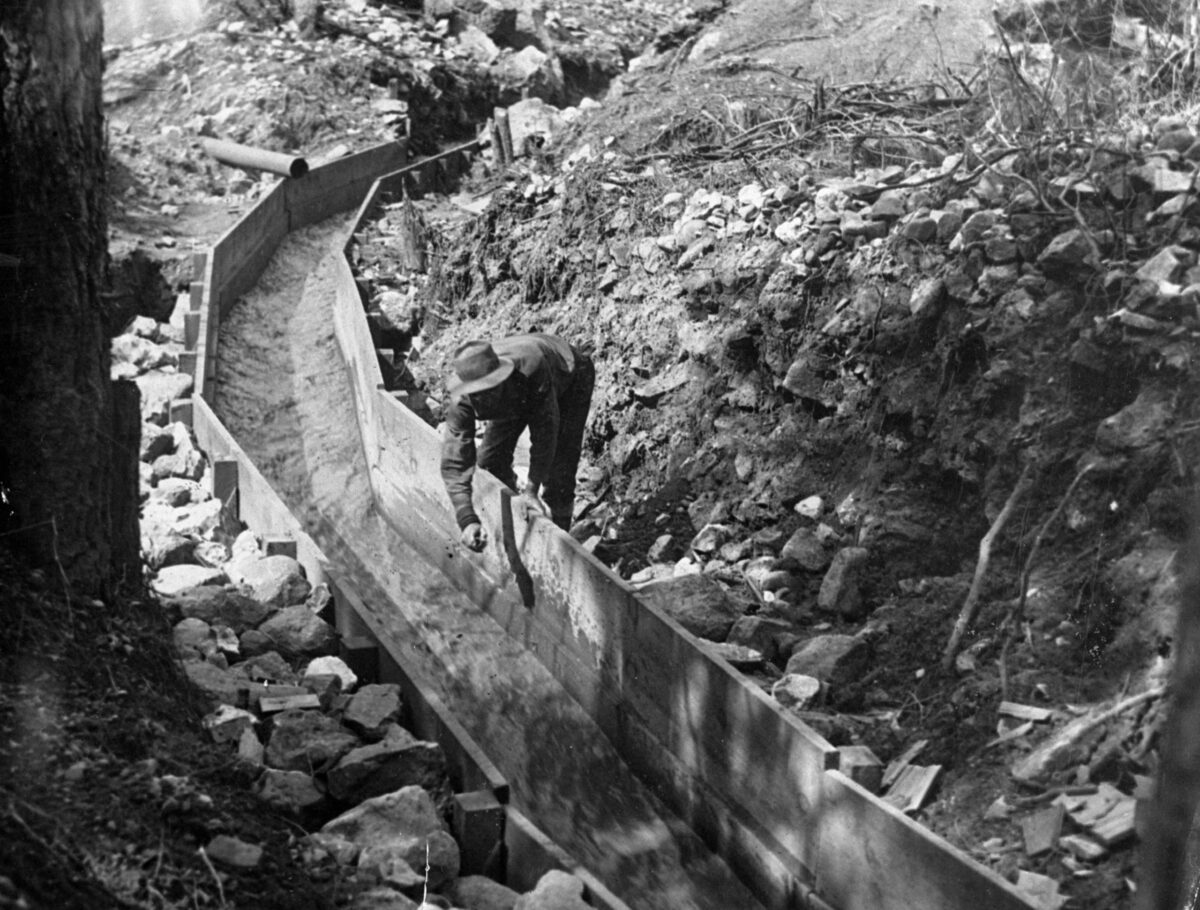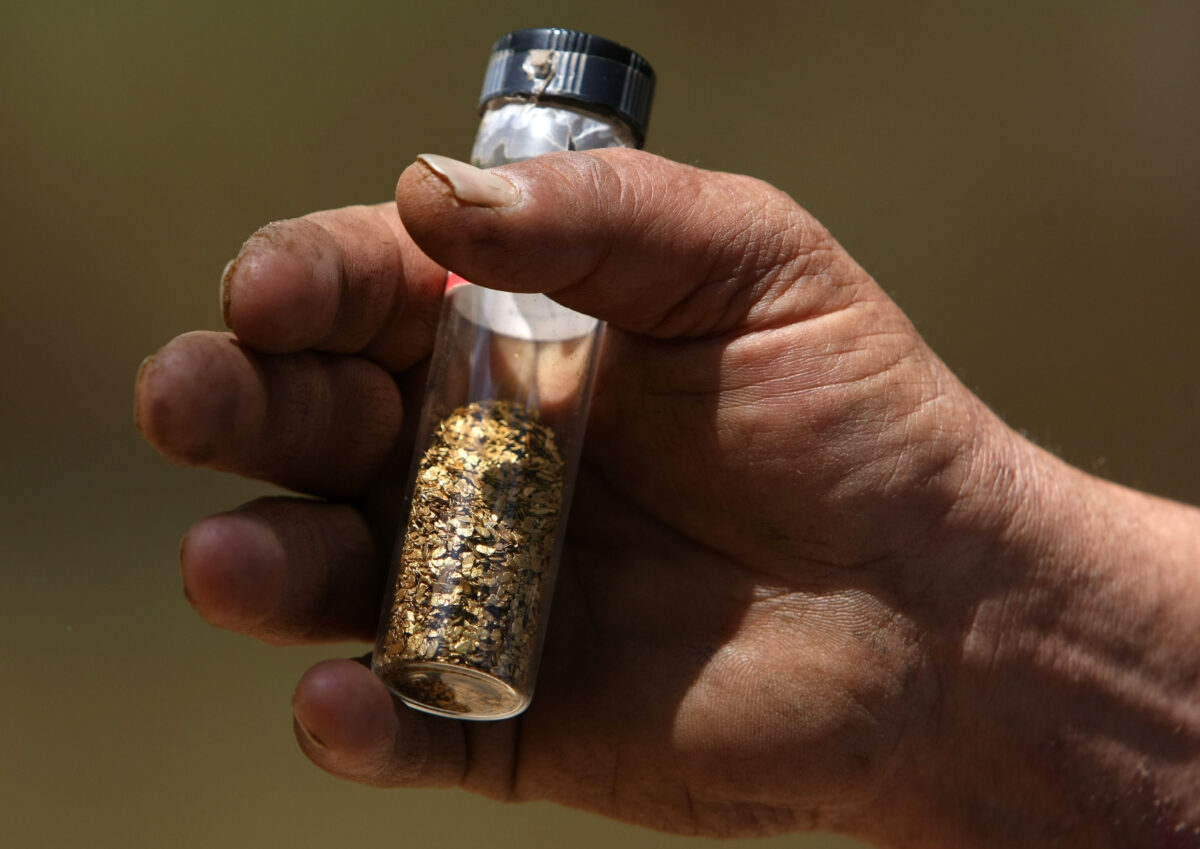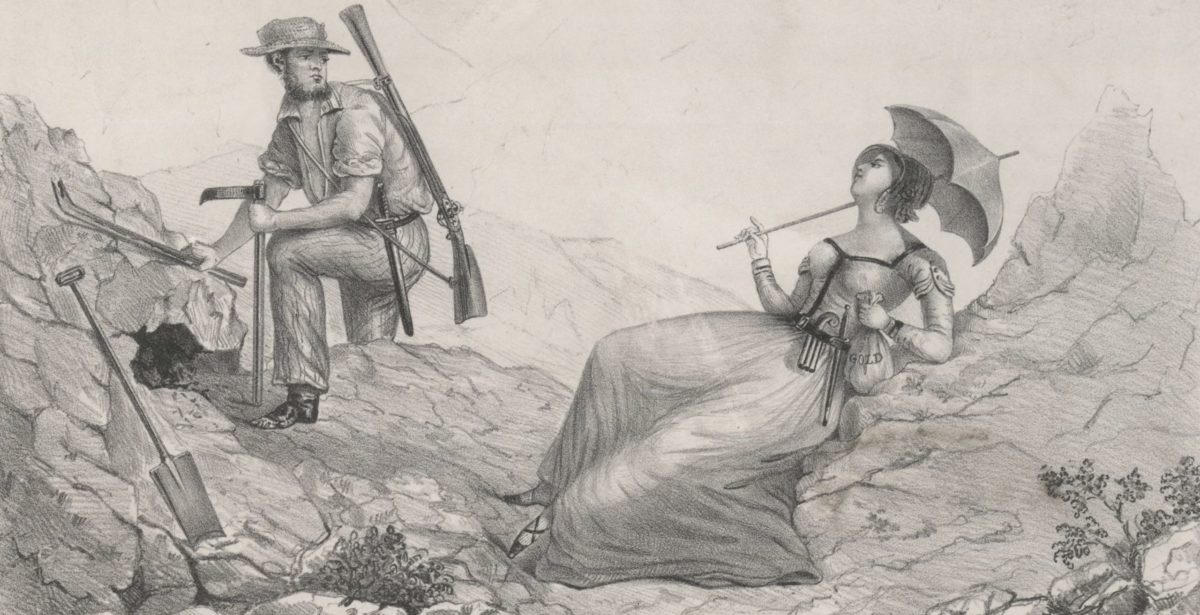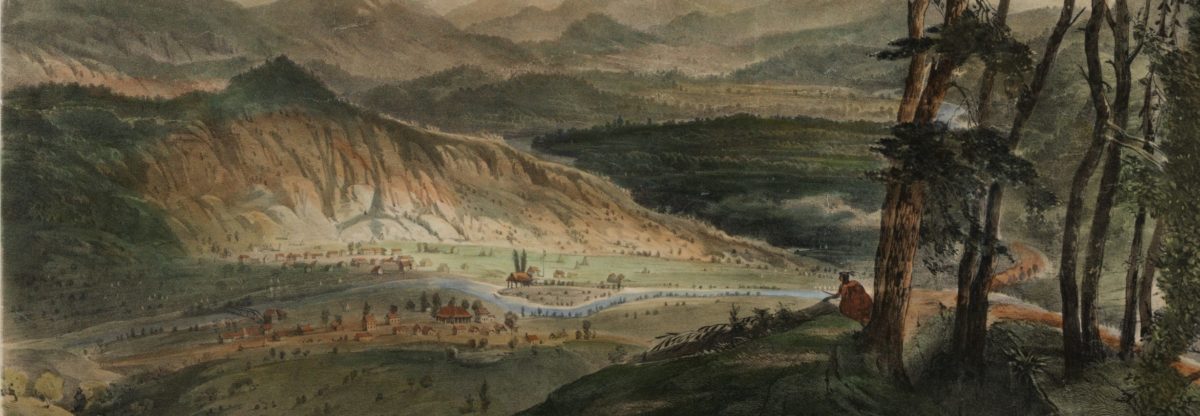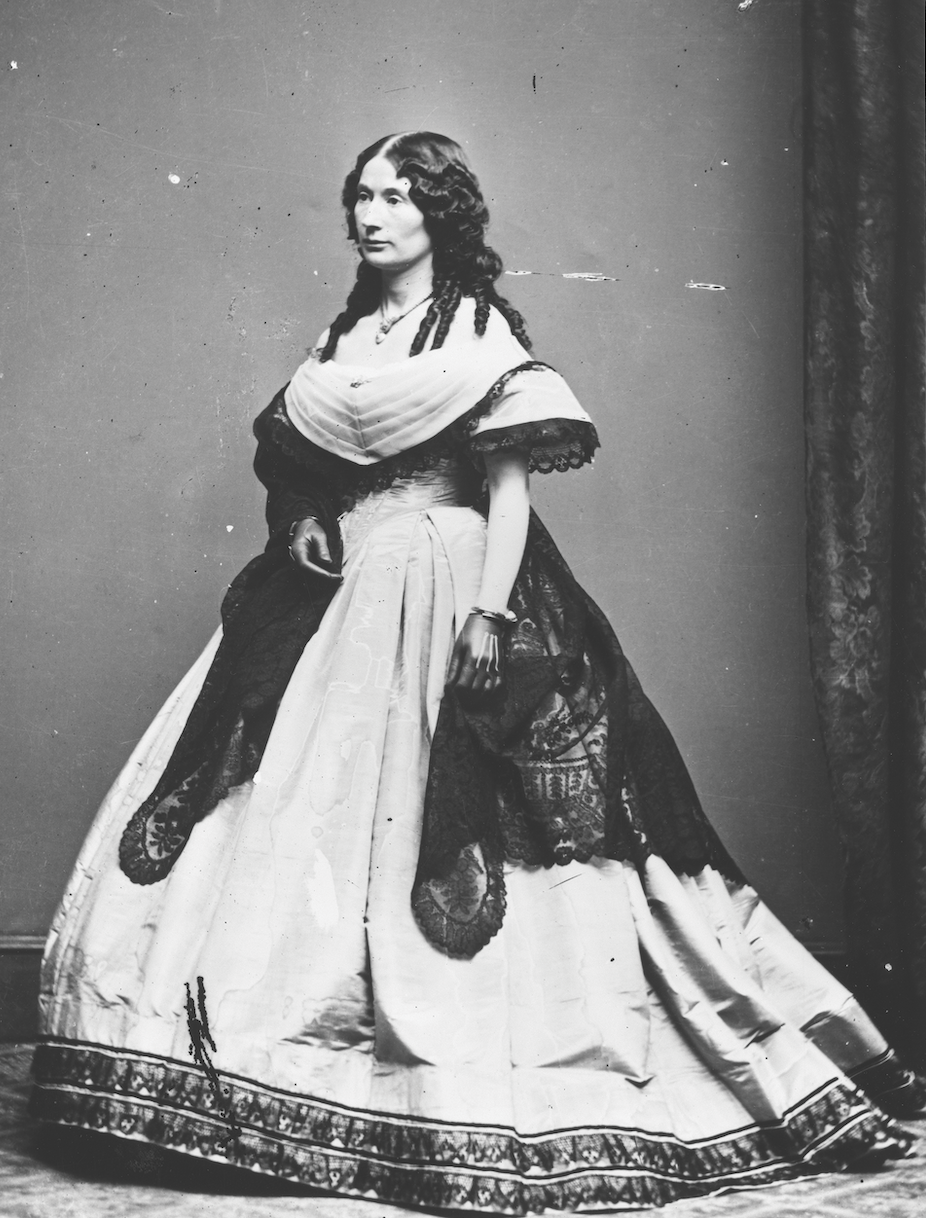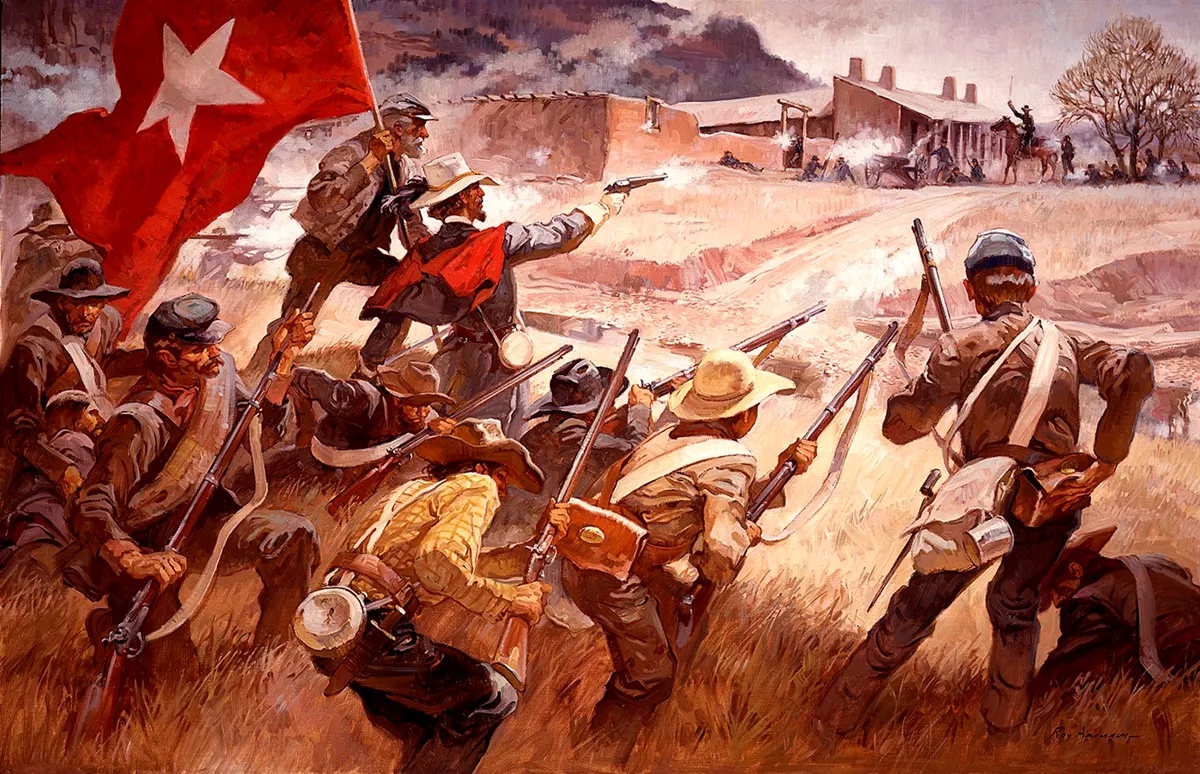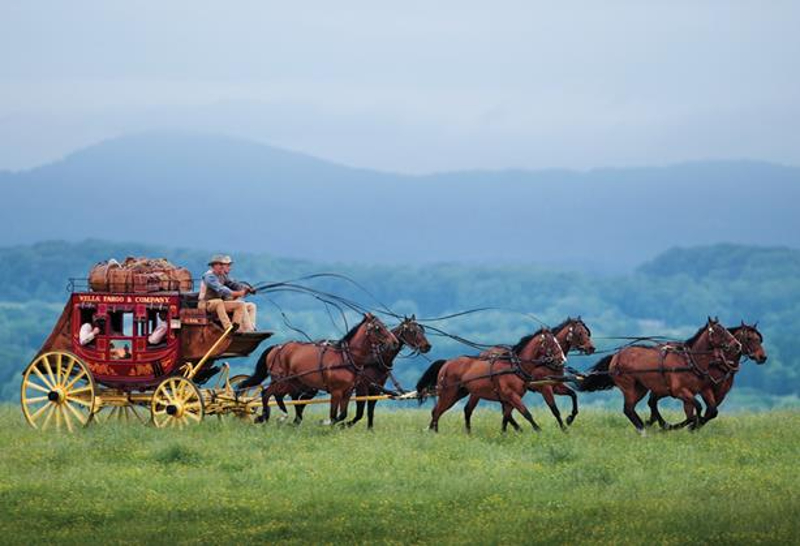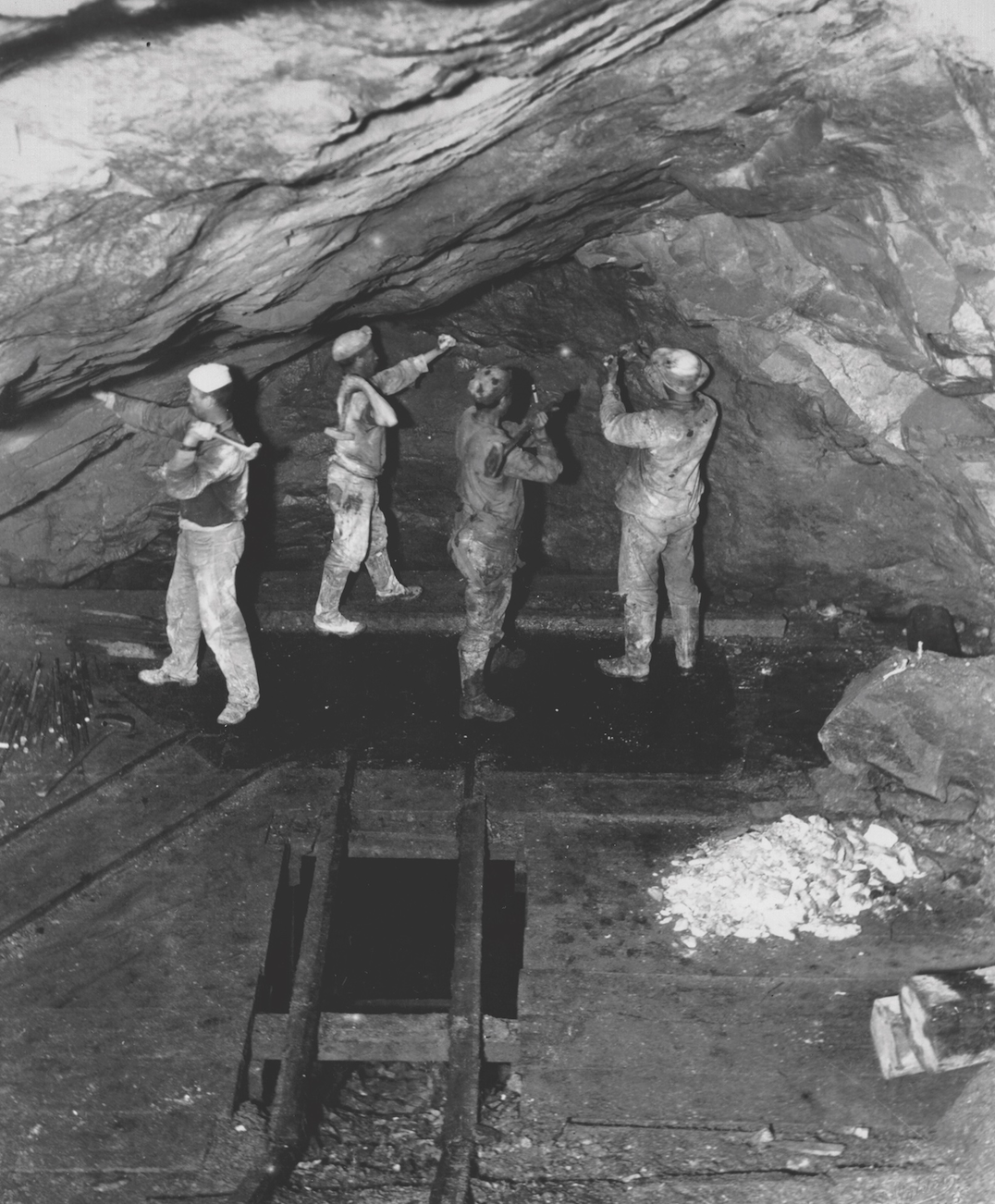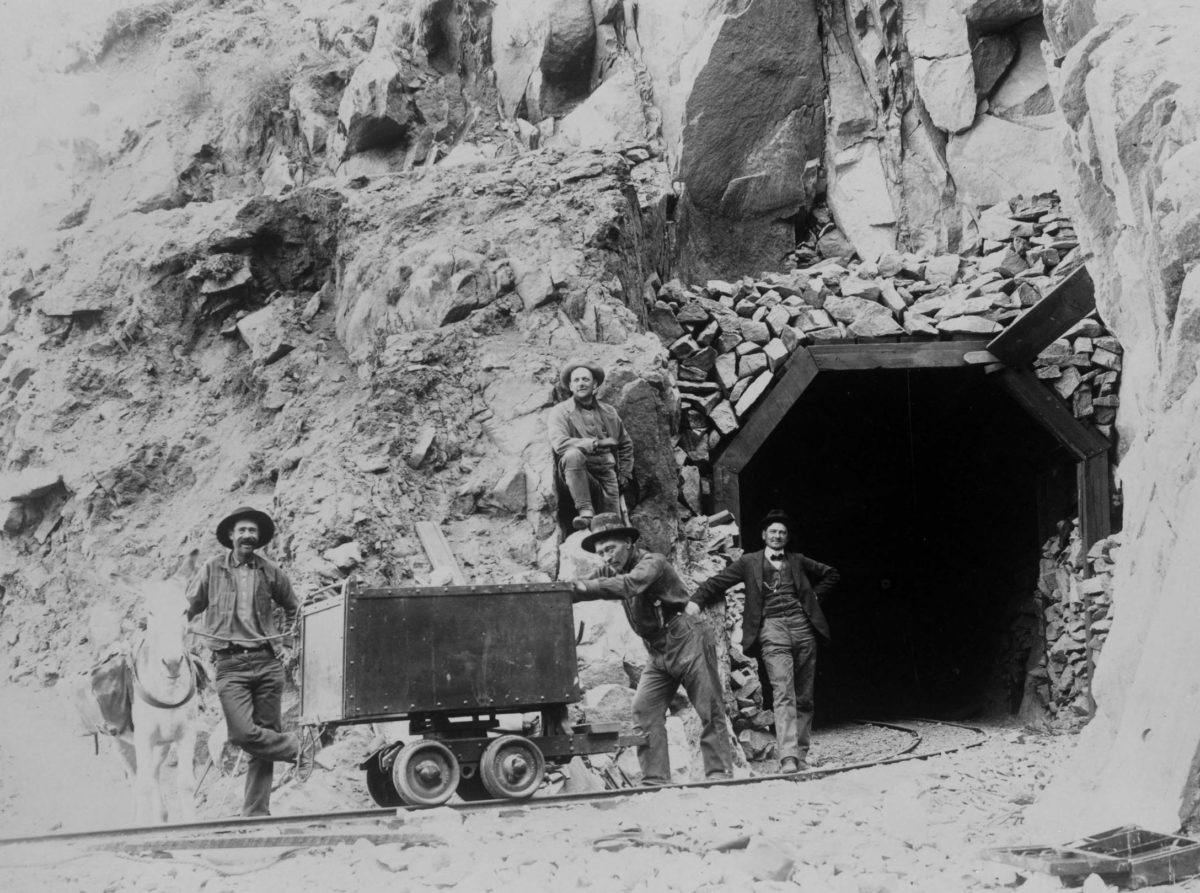The California Gold Rush was the largest mass migration in American history since it brought about 300,000 people to California. It all started on January 24, 1848, when James W. Marshall found gold on his piece of land at Sutter’s Mill in Coloma. The news of gold quickly spread around. People from Oregon, Sandwich Islands (now Hawaii) and Latin America were the first to hear the breaking news, so they were the first to arrive in order to test their luck in California by the end of 1848. Soon the others from the rest of US, Europe, Australia and China followed and since they mainly arrived during 1849 they were called the “forty-niners.”
Dates
The California Gold Rush began in 1848 and lasted until 1857.
Prospectors Involved
300,000
At first, the gold could be picked up from the ground but later on it was recovered from the streams and rivers with the use of pans. The gold rush peaked in 1852 and after that the gold reserves were getting thinner and harder to reach so that more sophisticated methods of mining had to be employed. The best results were achieved with hydraulic mining although it was environmentally damaging.
The gold rush resulted in the hasty development of California: many roads, churches, schools and towns were built to accommodate the gold-diggers. In the beginning, property rights in the goldfields were not covered by law and this was solved by the system of staking claims. The gold also helped to speed up the admission of California into the US as a State. All the preparations in terms of constitution and legislature were made in 1849 and California became a state in 1850.

